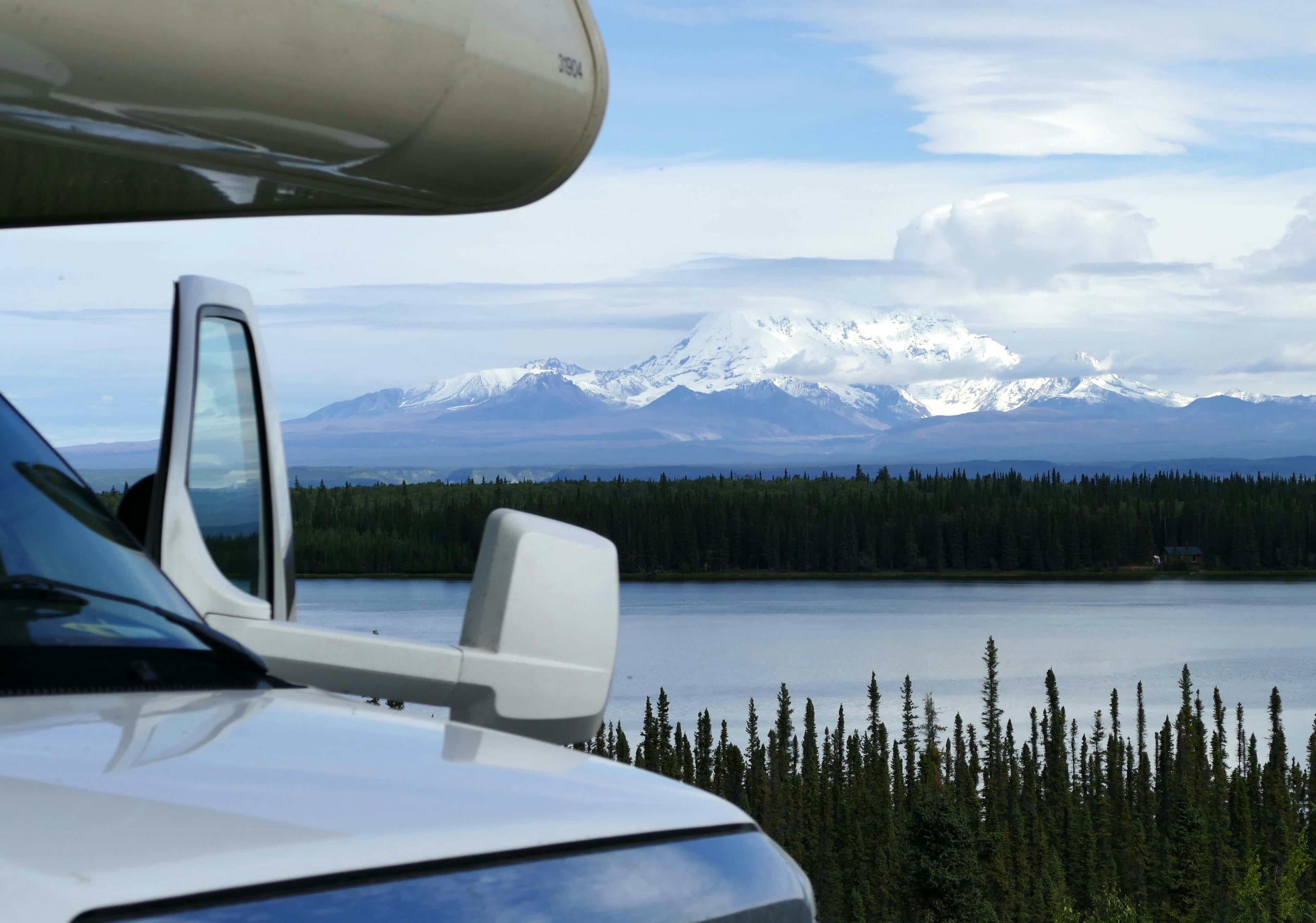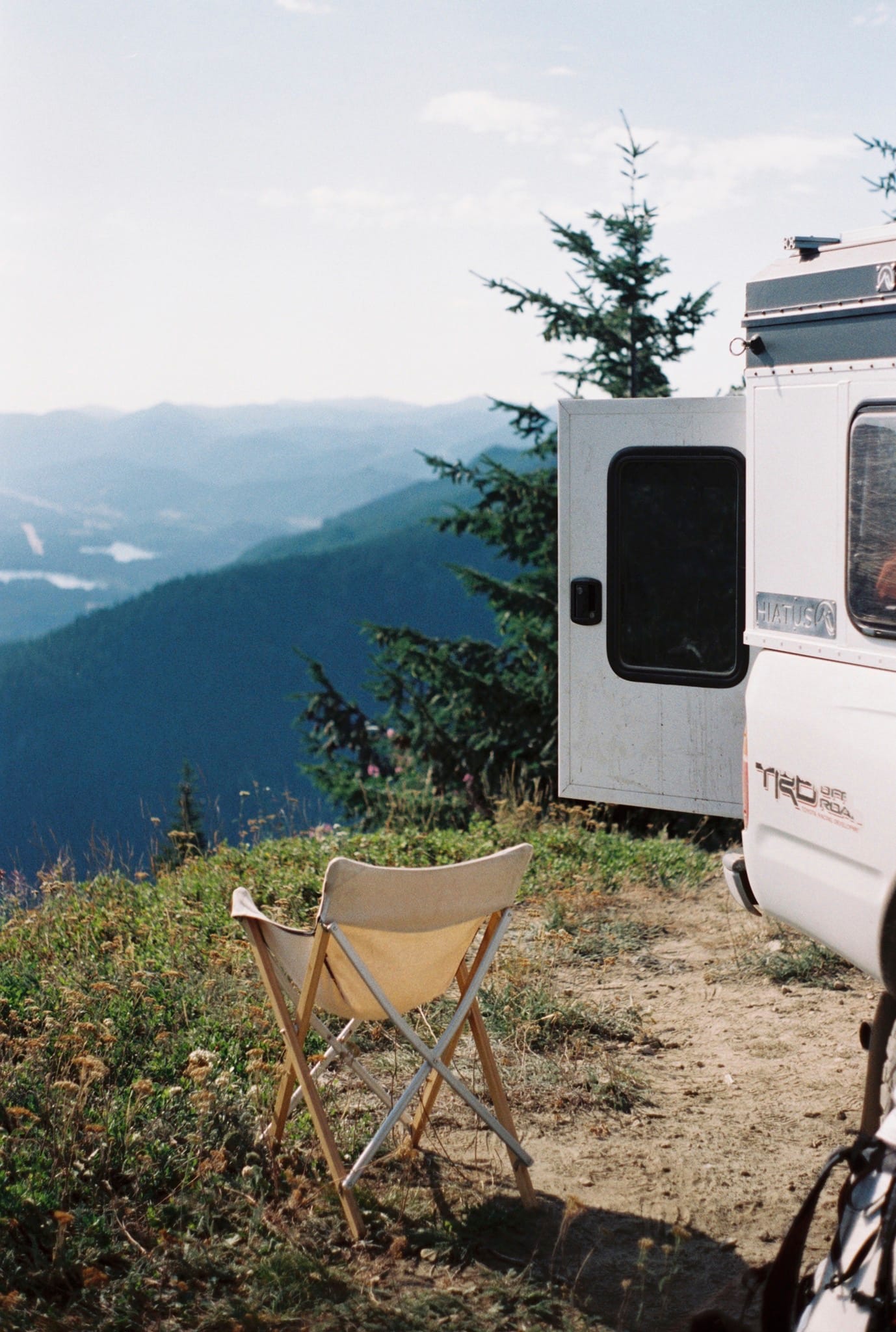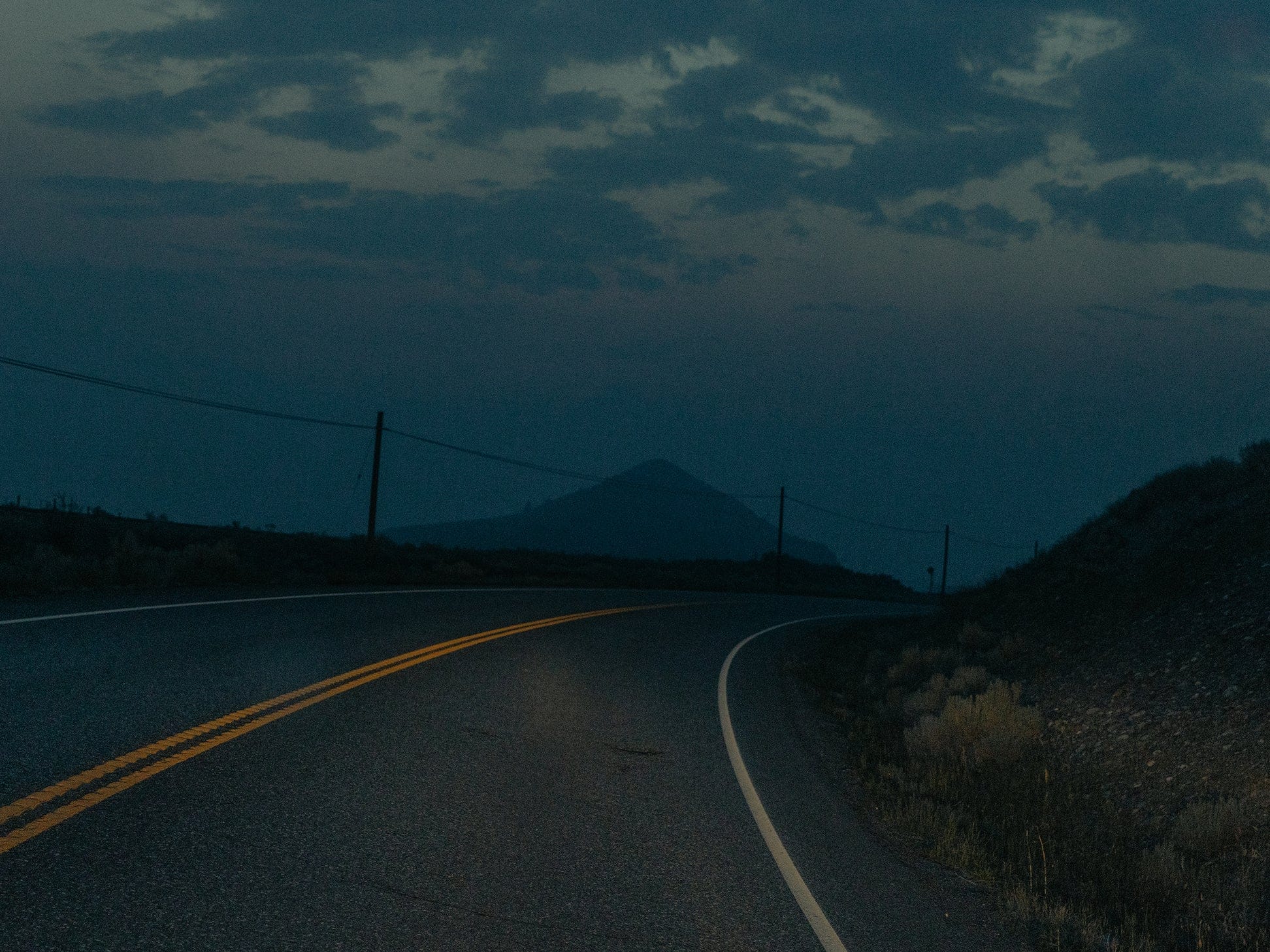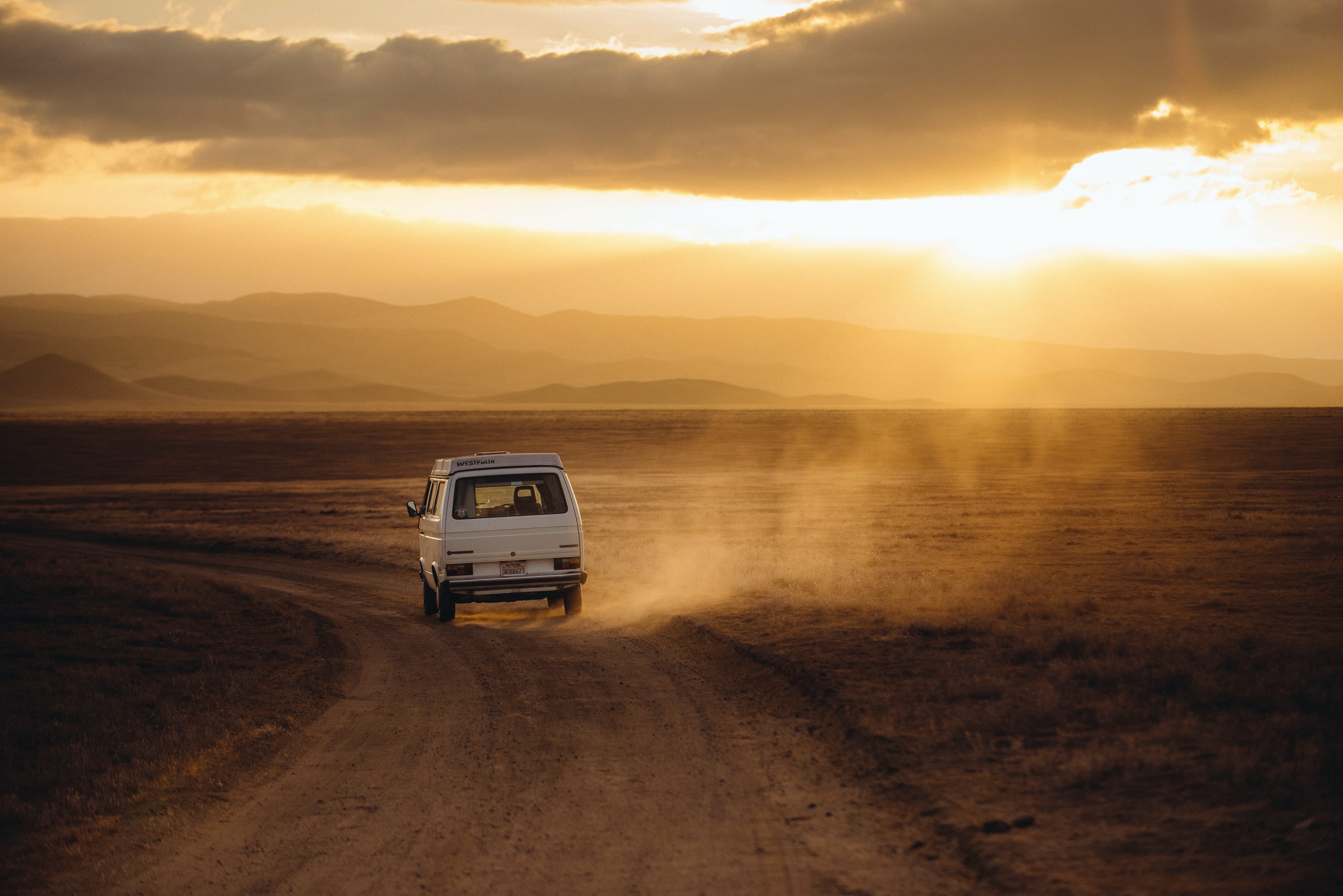
10 Tips for RV Adventures in the National Parks
Wrangell-St. Elias National Park IN ALASKA | Joris Beugels
National Parks are like an all-access pass to the best of America. If you're wandering in a rig built for the long haul (or want to), here are key moves to make:
1. Get a National Parks Pass.
This is one of the best deals in the country, if not the world. The National Parks Pass: just $80 gets you and anyone riding with you (up to four adults) into 2,000 natural, cultural, and historic sites across the country. All things National: parks, forests, monuments, wildlife refuges, etc. If you plan to hit more than a couple this year, it’s well worth it.
2. Consider an RV rental.
If you’re not already an RV owner, there’s more than one argument as to why you should consider renting one before taking off to a National Park.
You can travel at your own pace. It’s more affordable than airfare. And it’s probably more comfortable than traditional lodging, with an assortment of options ranging from pop-ups to Class A’s. If you’re a rookie to this world and need just a bit of logistical boost, there are plenty of local RV rentals that can even drop off the vehicle at your location of choice— saving you any potential anxiety or stress on a first-time road trip.
3. RV camping looks different at each park.
While we wish we could say that there was a one-size fits all approach to RV camping, the reality is that each National Park varies in terms of how it can accommodate your vehicle.
For instance, there are a handful of very motorhome-friendly parks with full hookups, like Yellowstone or Glacier; while some are just better suited for boondocking, such as Big Bend. Even then, some parks (like Zion) have overall restrictions limiting where RVs can travel.
But also keep in mind that a National Park is probably less likely to offer as many amenities (laundry, camp store, pool, etc) as a privately owned campground. So be sure to check what’s available on the park website, and then consider potentially staking out at a nearby campground if you’re looking for a few more creature comforts.
4. Timing is everything.
While there’s never a bad time to travel, there are still optimal windows to visit different parks. For instance, while Glacier is perfectly temperate and stunning in the summer, the beauty of Zion after a light dusting of snow in the winter can’t be overstated.
But more often than not (and if you can swing the PTO), shoulder seasons tend to be most conducive, considering they’ll be less crowded and potentially less expensive.
Regardless of when you choose to visit, you should reserve your campsite at least six months ahead of time–especially if you’re traveling during a peak season.
5. Know before you go.
The old adage is true: knowledge is power. An informed camper is certainly a relaxed one. Leading up to your trip, make it a point to stay abreast of park updates, regulations, and even road conditions.
For the most part, you should be able to find what you need from the National Park Service website, but it never hurts to call and clarify a few things. Will your vehicle dimensions fit through the front gate? Can your vehicle even access the park? What sort of permits or reservations are required during your stay?
Once you arrive, it’s also worth dropping by the handiest visitor center to get the inside baseball on what’s happening in the park, and straight talk from rangers, who know more and care more about these places than just about anyone.

6. There’s an app for that.
Whether you’re looking for the best way to get there, the best trails, or the best place to hang your hat, there’s no shortage of apps to complement your stay at a National Park. Here are a few to consider while planning your next trip.
AllTrails – A nearly exhaustive list of trail guides for over 200 national parks.
NPS – Interactive maps, tours, accessibility information, and more to over 400 national parks.
Recreation.gov – Reserve a site at thousands of campgrounds across the country.
Good Sam – Campground stays, roadside assistance, and just about anything else you’ll need for a cross-country adventure.
Just Ahead – Turn your smartphone into a GPS auto tour at various National Parks.
Autio – Over 23,000 location-based audio stories from all across the country.
7. Pack light.
We all have baggage, but when you’re hiking across the elements, the last thing you want is more of it. Anticipate the weather before your trip, and pack the essentials:
Comfortable boots or shoes to hike in.
Navigation (map, compass, or GPS).
First aid kit.
Repair kit.
A water bottle.
Matches or a lighter.
Snacks.
A headlamp or flashlight.
Sun protection.
Layers for cold and rain.
Headwear.
8. Mind your surroundings.
We’ve all seen the viral videos of clueless tourists getting a bit too close to, say, a Yellowstone bison. (You haven’t? Well … you know what to do.) With all of its splendor and serenity, a national park can still be a dangerous place without a healthy dose of respect and humility. Make it a point to clean up after yourself, stay on park trails, and keep a reasonable distance from wildlife.
9. Unplug and enjoy yourself.
After you arrive and settle in, you it owe to yourself to make the most of your stay. Many scientific researchers have concluded that time outside boosts mental health.
One study found that people who camped were 13 percent less stressed than those who didn’t; another discovered that proximity to green spaces substantially improved attentional function among the study subjects.
No matter how you slice it, it’s good to turn your phone off and get away from time to time.
10. Be a good steward.
At the end of the day, it’s our responsibility to take care of these lands and leave them in better shape for the next generation. On the cultural front, many national parks have official associations with Indigenous communities that have age-old relationships with these places; understanding the Native histories and current issues around the parks adds a rich dimension to the experience. And as far as being out there goes, use common sense and manners. Pick up after yourself, throw away trash, and leave the natural ecosystem undisturbed—leaving nothing but a memory.


